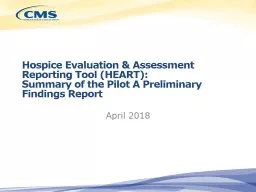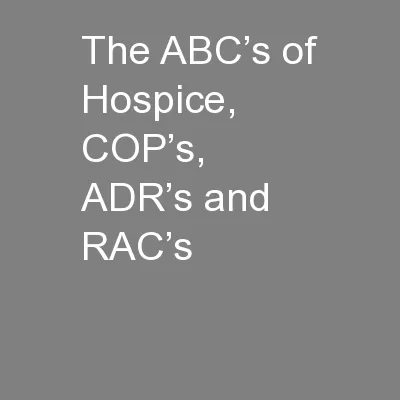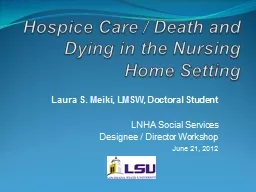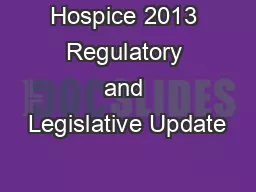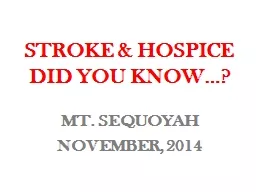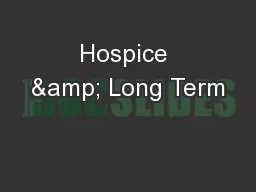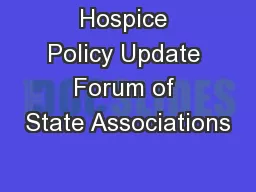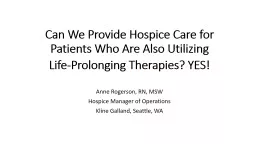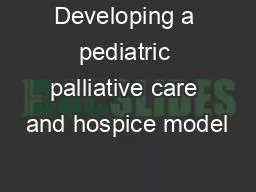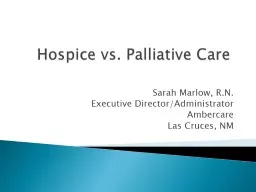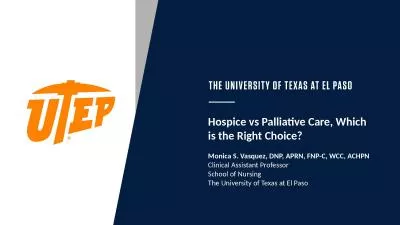PPT-Hospice Evaluation & Assessment Reporting Tool (HEART):
Author : debby-jeon | Published Date : 2019-11-03
Hospice Evaluation amp Assessment Reporting Tool HEART Summary of the Pilot A Preliminary Findings Report April 2018 Acronyms in Presentation Average daily census
Presentation Embed Code
Download Presentation
Download Presentation The PPT/PDF document "Hospice Evaluation & Assessment Repo..." is the property of its rightful owner. Permission is granted to download and print the materials on this website for personal, non-commercial use only, and to display it on your personal computer provided you do not modify the materials and that you retain all copyright notices contained in the materials. By downloading content from our website, you accept the terms of this agreement.
Hospice Evaluation & Assessment Reporting Tool (HEART):: Transcript
Download Rules Of Document
"Hospice Evaluation & Assessment Reporting Tool (HEART):"The content belongs to its owner. You may download and print it for personal use, without modification, and keep all copyright notices. By downloading, you agree to these terms.
Related Documents

